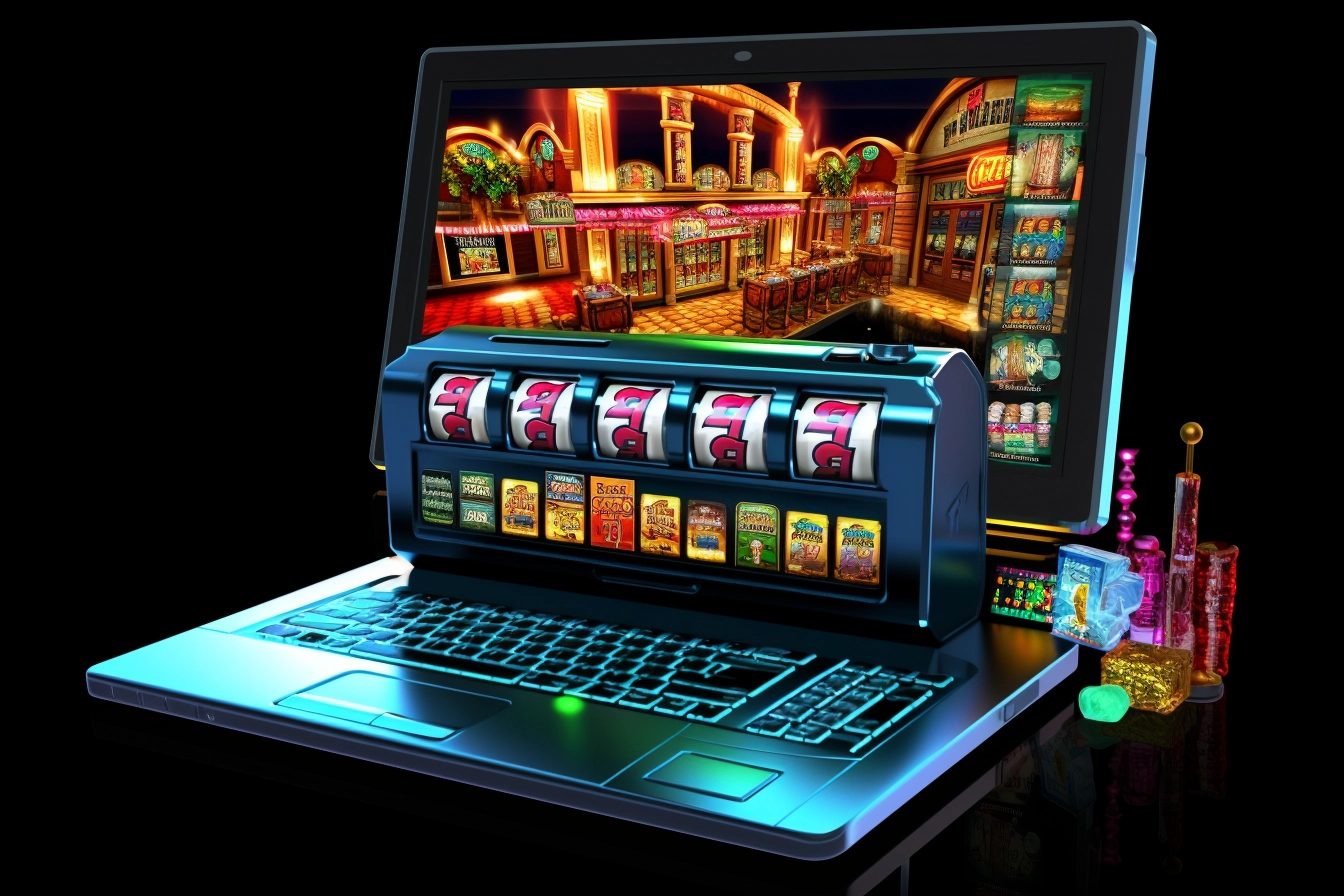Slot machines have come a long way since their humble origins in late 19th-century England. Charles Fey invented one such mechanical slot machine which featured three spinning reels with symbols like hearts, diamonds and spades as well as the Liberty Bell; when one stopped spinning a payout would be awarded.
The 1960s witnessed another major advancement, when electromechanical slot machines with electrical components began incorporating them to deliver coins automatically, along with video slots being developed during this era.
Origins
Since their invention in the 19th century, slot machines have evolved from toys into automatic vending machines and gambling devices. Early slot machines were often placed within saloons or similar establishments as an attraction tool to attract patrons while providing them with an opportunity to place bets without leaving the bar itself.
Sittman and Pitt’s machine was the precursor of modern slot machines; its creation is generally considered to have come from Charles Fey of San Francisco car mechanic fame. His three-reel device included symbols like horseshoes, diamonds, spades and the Liberty Bell.
Fey’s invention solved the problem of automatic payouts by requiring players to press down on a lever, setting reels in motion and creating winning combinations. His design allowed for multiple coin play as well as bottomless hoppers which could distribute up to 500 coins at one time.
Symbols
The symbols found on slot machines vary depending on the game being played, though some basic standards apply. These include standard card symbols which can be combined to form combinations on active paylines; typically consisting of Aces, Kings, Queens and Jacks; with number seven being one of the most beloved gambling icons known for triggering high payouts.
Fruit symbols have proven themselves time after time. Once used to get around regulations on cash-paying slot machines, these icons have now become staples in both online and land-based slot casinos alike. Because fruit symbols pay out even when appearing only once on one reel, making them more profitable than their counterparts.
Payouts
There are various factors that determine a slot machine’s payouts, including state gaming regulations and player win/loss statistics reported to them by casinos.
Charles Fey was the pioneer behind the Liberty Bell Machine, the first automated payout mechanism ever. This innovation made gameplay faster and the experience smoother for casino operators-less casinos alike.
Late 20th-century slot machines included electromechanical slots with bottomless hoppers and more varied symbols, such as Bally Manufacturing’s Money Honey (a precursor of modern machines utilizing microchips for random number generation, game logic and machine communication) as well as large screen displays with bonus rounds.
Bonus rounds
Bonus rounds are special mini-games designed to offer players additional chances at prizes and rewards, such as free spins, cash prizes, multipliers or jackpots. Depending on the game they may also add excitement and visual appeal for an enhanced gaming experience.
These features can be activated through various means, from landing specific combinations of symbols on a pay line to meeting other requirements. They range from simple pick-and-win games to immersive interactive adventures – some even featuring cascading winning symbols or progressive jackpots!
These exciting features can add depth and variety to your slot playing experience. However, it’s important to remember that these features don’t appear randomly – they follow patterns which savvy players can detect.
Digital slots
Technology has brought slot machines into the digital sphere. Digital slots follow similar principles to their physical counterparts but offer additional features and options, such as themed paylines and bonus rounds that can also be enjoyed on mobile devices.
Mechanical and digital slot machines vary significantly when it comes to how they determine outcomes, with digital machines using microchips instead. This enables manufacturers to assign various probabilities for symbols on each reel, which allow for various patterns on different reels based on algorithms which change them when necessary based on random number generators that ensure fair games. Furthermore, casinos can utilize these remote monitoring and maintenance systems in order to save both time and money when maintaining machines remotely.


